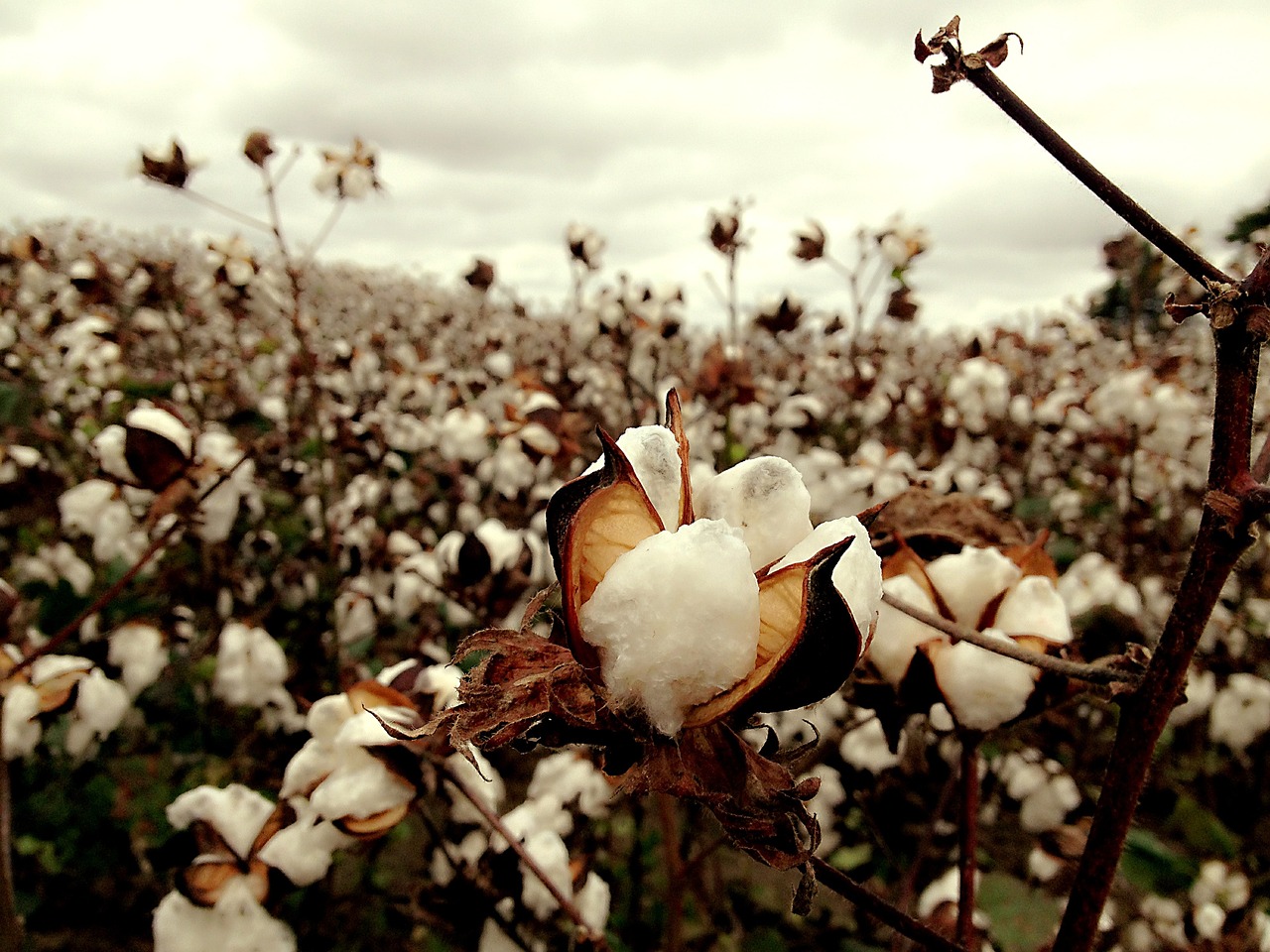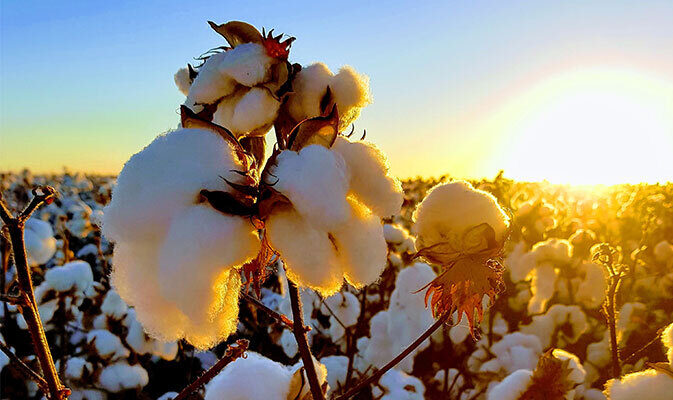One month after the government reduced the minimum export price (MEP) of basmati rice to $950/ton in an effort to increase exports, mandi prices of several varieties of basmati paddy are currently 11–14% higher than they were the previous year. Basmati paddy prices have increased during the peak arrival season, according to exporters, due to strong worldwide demand, particularly from the Middle East, and export limitations on non-basmati rice varieties.
Farmers are receiving payments of Rs 5,000–5,100/quintal for the Pusa 1121 type of paddy, which accounts for a significant portion of the country’s basmati rice exports, at the Karnal mandi in Haryana, the center of the nation’s basmati paddy trade, as opposed to Rs 4,500–4,600/quintal the previous year. Similar to this, the cost of short-duration Pusa basmati 1509 paddy was Rs 3,500/quintal the previous season, but it is currently trading for around Rs 4,000/quintal.
This season, demand for basmati rice from Iraq has been particularly positive, according to Bansal, in addition to usual markets like Saudi Arabia, Iran, and the United Arab Emirates. In response to exporters’ concerns that high MEP would make basmati rice exports unfeasible, the government lowered the floor price for exports of the grain on October 26 from $1200/ton, which it had set in August.
“Basmati rice prices are at least Rs 500/quintal more expensive this year than they were last year, which is expected to increase exports and farmers’ income,” stated a former president of the All Indian Rice Exporters Association (AIREA) and a rice exporter from Karnal. In order to prevent “illegal shipment of white non-basmati rice (whose shipment was banned from July 20) in the garb of premium basmati rice,” the government placed a $1,200/ton MEP on basmati rice till October 15. AIREA reports that for the previous five years, the average export price of basmati rice was $975 per ton.
In the current fiscal year, India exported 2.3 million metric tons (MT) of basmati rice valued at $2.6 billion; this is a 14% increase in value over the same period last year. With an average price per ton of $1,050, the nation exported 4.56 MT of basmati rice in 2022–2023, valued at $4.78 billion. Around 70 districts of Punjab, Haryana, western Uttar Pradesh, Jammu & Kashmir, and Uttarakhand cultivate Geographically Indication (GI)-tagged basmati rice. The long-grain, aromatic rice is highly valued on the international market. India holds a market share of approximately 75–80% in the worldwide aromatic rice industry.

